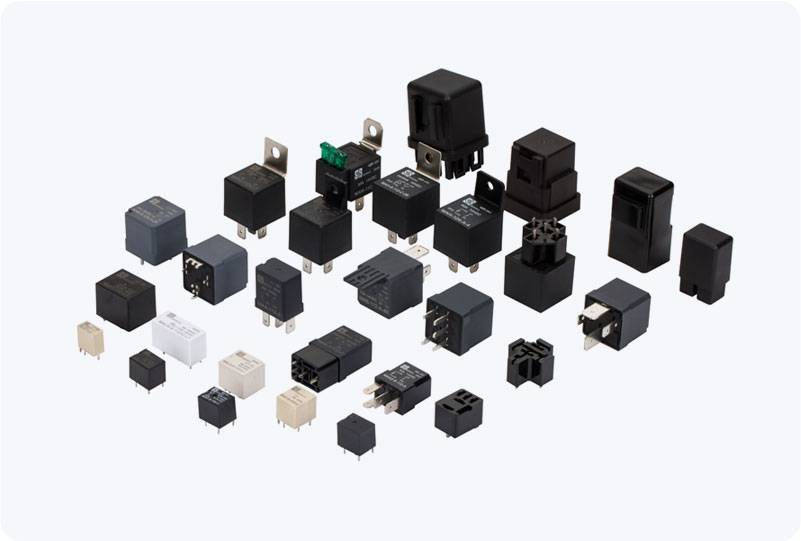High voltage (HV) systems are the backbone of modern electrical grids, supplying power to various industries, homes, and infrastructure. These systems rely heavily on insulation to ensure that electricity flows safely and efficiently through cables, transformers, and other essential components. Any failure in the insulation could lead to disastrous consequences, including equipment damage, power outages, and even safety hazards. This is where the HV Insulation Fault Relay plays a crucial role in preventing such failures by providing early detection and immediate protection against insulation faults.

What is an HV Insulation Fault Relay? An HV Insulation Fault Relay is a protective device used in high voltage electrical systems to detect and isolate insulation faults before they can cause significant damage. It constantly monitors the insulation resistance between the conductors and the earth in a system. When the insulation resistance falls below a predefined threshold, indicating a fault, the relay activates an alarm or triggers the disconnection of affected parts of the system. This action helps to prevent potential equipment failure, fire hazards, and system breakdowns. How Does the HV Insulation Fault Relay Work?